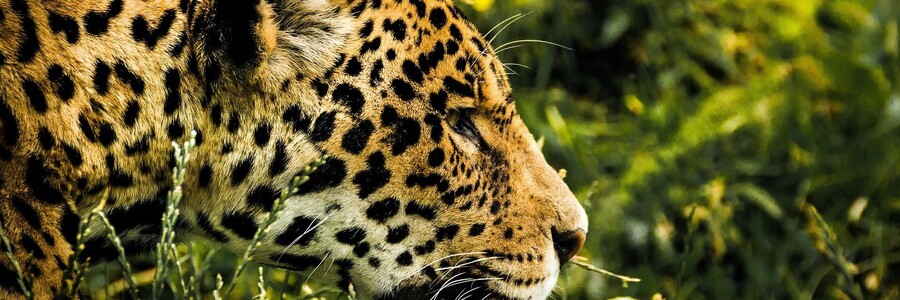CMS COP13
CMS COP13 was the first of a series of international nature-related meetings in 2020, which will culminate in the UN Biodiversity Conference at the end of this year, when a new global biodiversity strategy for the next decade will be adopted - the Post-2020 Global Biodiversity Framework.
“With COP13, the important role of CMS in protecting nature around the world has been strongly embraced. CMS is uniquely positioned to address the conservation of migratory species and their habitats, and to contribute to reversing the trends of species and biodiversity loss worldwide" said CMS Executive Secretary Amy Fraenkel.
CMS COP13 was the largest ever in the history of the Convention, with 2,550 people attending including 263 delegates representing 82 Parties, 11 delegates from 5 non-Party countries, 50 representatives from United Nations agencies, 70 representatives of international NGOs, 127 representatives of national NGOs and over 100 members of both national and international media.
New species added
Ten new species were added to CMS Appendices at COP13. Seven species were added to Appendix I, which provides the strictest protection: the Asian Elephant, Jaguar, Great Indian Bustard, Bengal Florican, Little Bustard, Antipodean Albatross and the Oceanic White-tip Shark.
The Urial, Smooth Hammerhead Shark and the Tope Shark were listed for protection under Appendix II, which covers migratory species that have an unfavourable conservation status and would benefit from enhanced international cooperation and conservation actions.
New and extended Concerted Actions with targeted conservation plans were agreed for 14 species. For a full list of Concerted Actions, please click here.
CMS COP13 also adopted the Gandhinagar Declaration, which will send a message to the first negotiating session of the Open-ended Working Group on the Post-2020 Global Biodiversity Framework convening in Rome next week. The Declaration calls for migratory species and the concept of ‘ecological connectivity’ to be integrated and prioritized in the new Framework, which is expected to be adopted at the UN Biodiversity Conference in October.
The first ever report on the Status of Migratory Species, presented to CMS COP13, shows that despite some success stories, the populations of most migratory species covered by CMS are declining. COP13 agreed that a more comprehensive review should be undertaken to better understand the status of individual species and the main threats they face.
“The initial status report has been a real wake up call for the Convention, and Parties recognized, the importance of a more thorough analysis. CMS COP13 has given a clear mandate to prepare a flagship report on the status of migratory species which will give us a better idea of what is happening on the ground, and also provide a much needed tool for understanding where we need to focus our work,” Ms. Fraenkel said.
Cross-cutting policy measures
The COP also agreed on a number of cross-cutting policy measures to address threats to migratory species:
- Integrate biodiversity and migratory species considerations into national energy and climate policy and promote wildlife-friendly renewable energy;
- Strengthen initiatives to combat the illegal killing, taking and trade of migratory birds;
- Mitigate the impacts of linear infrastructure such as roads and railways on migratory species;
- Address the unsustainable use of aquatic wild meat;
- Undertake a review of bycatch levels of sharks and rays, and further implement bycatch mitigation measures for marine mammals in national fishing operations;
- Deepen our understanding of the importance of animal culture and social complexity for the conservation of endangered species;
- To investigate possible trade in CMS Appendix I species and the implications for their conservation status.
The whole article can be found here

